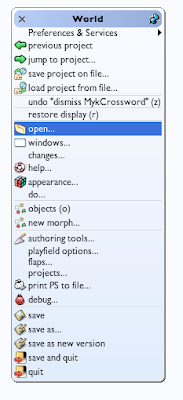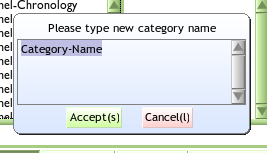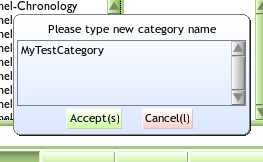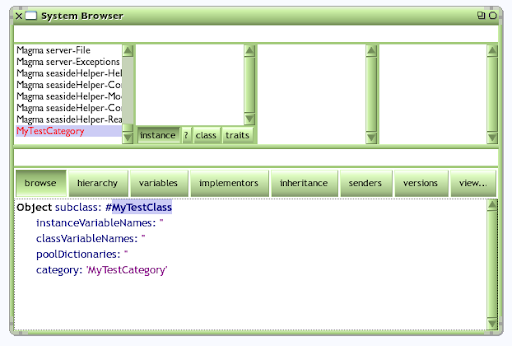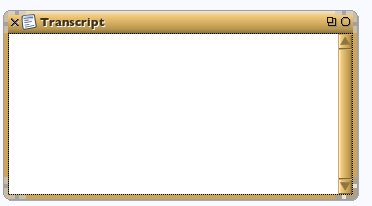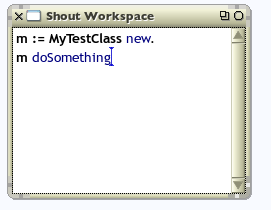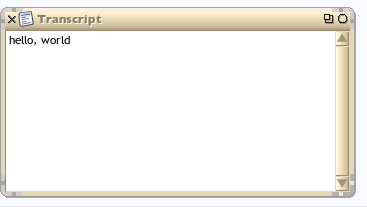This uses the FFI (Foreign Function Interface) package (available through Package Universe), and requires access to the libopendbx library. Now I had a bit of fun and games working out how to do this on Mac OS X, so here's the magic that worked for me.
Firstly, I was interested in using PostgreSQL to compare with the Squeak postgres support which is already installed on my machine. I downloaded the OpenDBX source -- it's a UNIX tool, so distributed as source needing compilation -- you open a Terminal and change into the newly downloaded directory, and execute configure command as directed by the README:
./configure --with-backends="sqlite3 pgsql", but in my case this barfed because it couldn't find my postgres libraries. This was solved by manually pointing to the postgres library and include directory, as follows:CPPFLAGS="-I/usr/local/pgsql/include/" LDFLAGS="-L/usr/local/pgsql/lib/" ./configure --with-backends="sqlite3 pgsql"You'll see that I also set things up for SQLite3 as it's installed by default on OS X, and is increasingly being used to hold configuration files in OS X and Firefox. I know that there's a SQLite3 package for Squeak already, but I thought it would be interesting to compare the two.
Anyway, the configure stage now worked perfectly, and
sudo make install installed the libraries for me. All I needed to do now was make Squeak FFI see the libraries. Ha! After a lot of poking about, I found this email from Jon McIntosh, which advised that creating a symbolic link to the library "in the right place is helpful". Thanks for the pointer John, but where's the right place???Well, after a bit of experimentation, I found that I needed to create the link in the Resources directory of the SqueakVM package:
cd /Applications/Squeak/Squeak 3.8.18beta1U.app/Contents/Resources
ln -s /usr/local/lib/libopendbx.dylib opendbx
And that's it. I'm now able to access my PostgreSQL database with code like this:
conn := DBXConnection new
backend: DBXBackend postgresql;
connect: '127.0.0.1' port: 'x';
open: 'x' name: 'x' password: 'x' method: 0.
resultSet := conn query: 'select * from airline'.
DBXTranscript show: resultSet.
conn disconnect.
Smalltalk garbageCollect.It's still very early days for the project, and it is not yet production-ready, so I've not tried doing anything much with it, but I notice that Esteban and colleagues appear to be building in GLORP support from the outset, so it's worth keeping an eye on this project.
